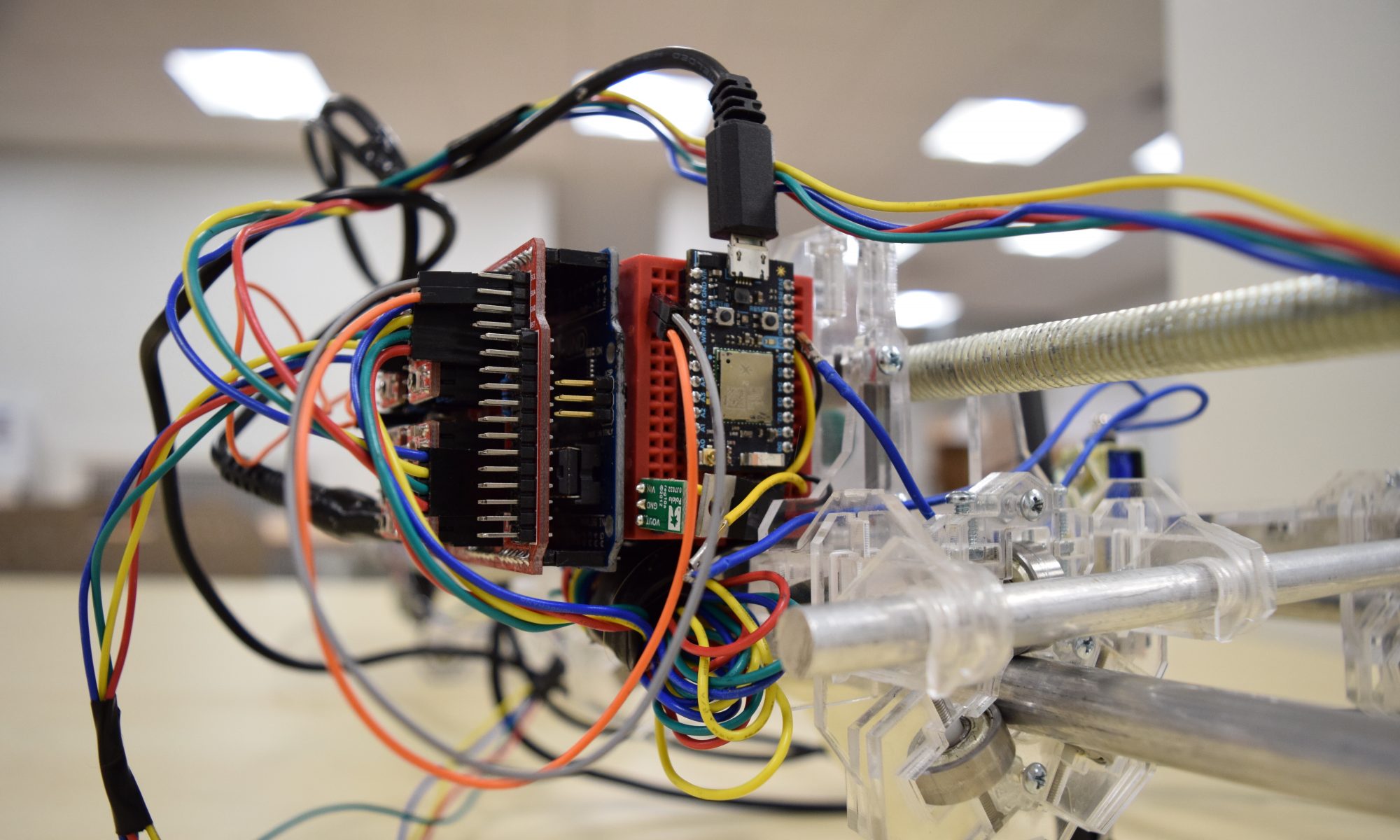Circuit Diagrams

Electrical Engineers (and us) need a way of conveying their designs to colleagues and collaborators, so a standard visual language was developed to make it clear how a circuit works. Circuit Diagrams are essentially drawings of the circuit you want to build, except all the components are simplified into meaningful icons.

In this image, it’s easy to see how the real-life components are converted into a symbolic diagram.

Here are a few examples of common electronic components, and what they look like as circuit symbols.
Exercise 1.1: Drawing Your Circuit
Draw a simple circuit on the whiteboard table that lights up an LED
Exercise 1.2: Fritzing
There exists software that makes it easy to create Circuit Diagrams. Professional applications, like Eagle or Altium, are too expensive for us (and they do way more things than what we need). A free and open-source piece of software though, called Fritzing, is exactly what we’re looking for.
One of the great things about Fritzing, is there’s a huge library of existing parts aleady included, other people/companies have repositories of their own parts that you can add and use (Sparkfun, for example, has a Github repo with all of their parts), and it’s easy to create your own parts to use.
- Download Fritzing
- In the Breadboard tab, add the components that you used in your LED circuit (using an Arduino, not a power supply), and wire it up
- In the Schematic tab, make sure everything looks correct to how you designed your circuit
Modeling — Rhino
Straigh from the Rhino website, “Rhino can create, edit, analyze, document, render, animate, and translate NURBS curves, surfaces, and solids, point clouds, and polygon meshes. There are no limits on complexity, degree, or size beyond those of your hardware.”
Rhino is not free, but it is installed on the IDeATe Macbooks, and is relatively inexpensive for students. It also has a free trial, if you’re in a pinch. Other alternatives to Rhino are Sketchup, Inventor (free for students), and Solidworks.
A great resource for Rhino tutorials is available on the Rhino website. Lynda also has some good tutorials, as does the rest of the web. Today, however, we are going to go over how to use Rhino together in class.
Exercise 2.1: Make a Finger-Jointed box in Rhino

- Make a 3″ x 3″ Cube
- Draw an equal-sided
Rectangle, andExtrudeCrvit the same amount
- Draw an equal-sided
- Add thickness to the walls of the cube
Explodethe cube to make each face separateExtrudeSrfeach face (inwards) the measurement of the thickness of the material you want to cut
- Use boolean commands to make finger joints on all of the cube edges
- Create new extruded rectangles
- Place them on the edges of the cube
- Use
BooleanUnionandBooleanDifferenceto add and subtract those cubes to the existing geometry in a way that makes a finger-jointed box
- Disassemble all the parts, and lay them flat in a cuttable pattern
- Use a combination of the
Move,Rotate3D, andOrient3Ptcommands to lay out all the pieces
- Use a combination of the
- Remove the unnecessary 3D information to create a 2D cut file
Explodethe parts- Select everything but the surfaces on the ground plane in one of the side views and delete them
- Select the remaining surfaces and use
DupBorderto create outlines - Select the remaining faces with
SelSrfand delete them
- Change the line colors
- Make all of your lines pure Red by adjusting their Display Color
- Export the files as .DXFs
Laser Cutting

IDeATe has three Rabbit Laser Cutters, which are awesome machines that use lasers to cut through material. You accomplish this by giving them a .DXF cut file, like the one we just created.
In addition to cutting fully through a material, they can engrave with vector lines or draw filled-in areas with raster images. Our laser cutter can cut materials like Acrylic sheets, cardbard, paper, MDF, plywood, and fabric. Some materials are unsafe to cut due to fire or chemical hazards (never cut anything that contains Chlorine, like PVC). IDeATe has materials in stock, for purchase; options can be seen on their resources site.
Excercise 2.2: Cut Your Cube
- Read the Laser Cutter Policies
- Follow the instructions at the IDeATe Resources page to load your file into the Laser Cutter computer
- Follow the instructions at the IDeATe Resources page to cut your file on the Laser Cutter
Sources:
IDeATe Resources
Dave Touretzky’s lecture slides for the laser cutter from the 15-294 Rapid Prototyping mini-course
